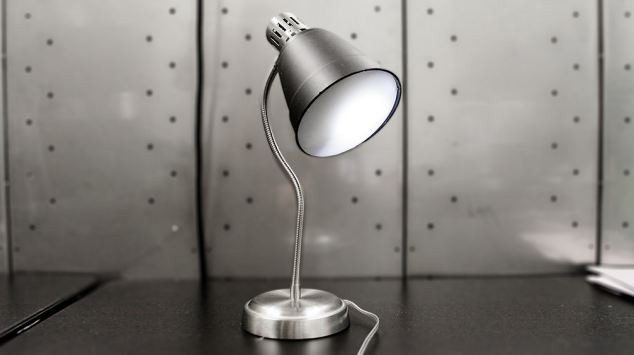Coversnitch 'Spy Lamp' Eavesdrops on Conversations and Posts Them to Twitter

Two artists have created a covert listening device that can be hidden in a lamp to record nearby conversations and then upload their contents as 140-character posts to Twitter.
The Coversnitch looks like an ordinary lamp, but is in fact capable of eavesdropping on conversations and posting snippets of transcribed audio as tweets to Twitter in real time.
The device contains a £30 Rapsberry Pi miniature computer and a microphone. It can be screwed into any standard light bulb socket, from where it draws its energy.
Once it is set up, if anyone has a conversation near the device, the audio is captured and then uploaded via the nearest open Wi-Fi network to Amazon's Mechanical Turk crowdsourcing programme.
Mechanical Turk transcribes the dialogue, converts it into text and posts it as tweets onto the Coversnitch Twitter account.
The device was built by artists Kyle McDonald and Brian House for less than £60, in order to provoke people into thinking about privacy in the wake of Edward Snowden's revelations about evesdropping by government security agencies around the world.
"What does it mean to deploy one of these in a library, a public square, someone's bedroom? What kind of power relationship does it set up?" House, a 34-year-old adjunct professor at the Rhode Island School of Design told Wired.
"And what does this stream of tweets mean if it's not set up by an artist but by the US government?"
A video made by the artists shows it being placed in a McDonald's restaurant in New York City, in the lobby of a bank, in a library and outdoors in a park.
The Coversnitch Twitter feed shows snippets of recorded conversations in which people criticise a politician, discuss their bad relationship with their boss, and chat about failing on a course.
Transcribers were advised by the artists to reduce any names used in conversations to a single initial, but they said they have been forced to delete some tweets as they feared transcribers were making them up.
"I know. Just a few months ago, he was really on track to be a great writer. Now he's back in his parents basement, working a dead end job."
— Conversnitch (@conversnitch) April 17, 2014
"I don't understand why she thinks that her behavior with him makes her better than the rest of us; she doesn't even get any work done."
— Conversnitch (@conversnitch) April 25, 2014
"I went out to eat with my boyfriend, but i swear its not what it looks like in not gay only my boyfriend is gay."
— Conversnitch (@conversnitch) April 24, 2014
"She did. Kicked him right out of the house. Because he refused to put the toilet seat down."
— Conversnitch (@conversnitch) April 15, 2014
Anticipating criticism that the device infringes on privacy, MacDonald said that Coversnitch highlights the much graver surveillance threats from security services.
"Certainly the next step from every government surveillance agency will be to move from collecting digital records to physical ones," MacDonald told MailOnline.
"We already see some of this with face recognition databases and surveillance camera databases, but they are mostly without power until they are paired with automated analysis. What happens when people are not only listening to your conversations, or watching your actions, but can comment on or favourite them?"
© Copyright IBTimes 2025. All rights reserved.





















